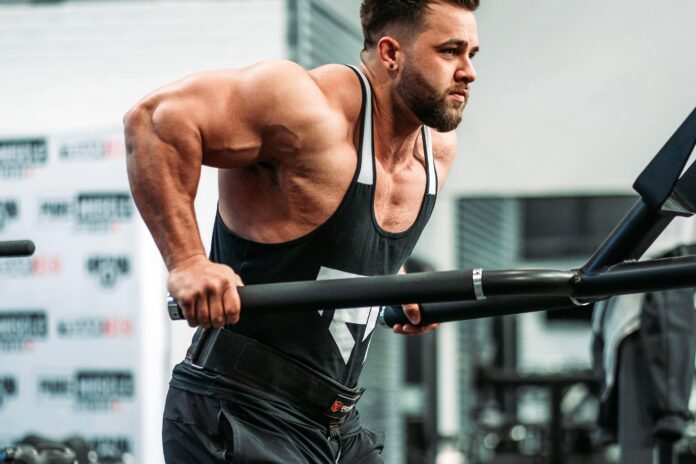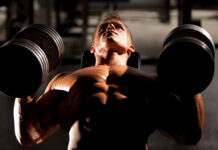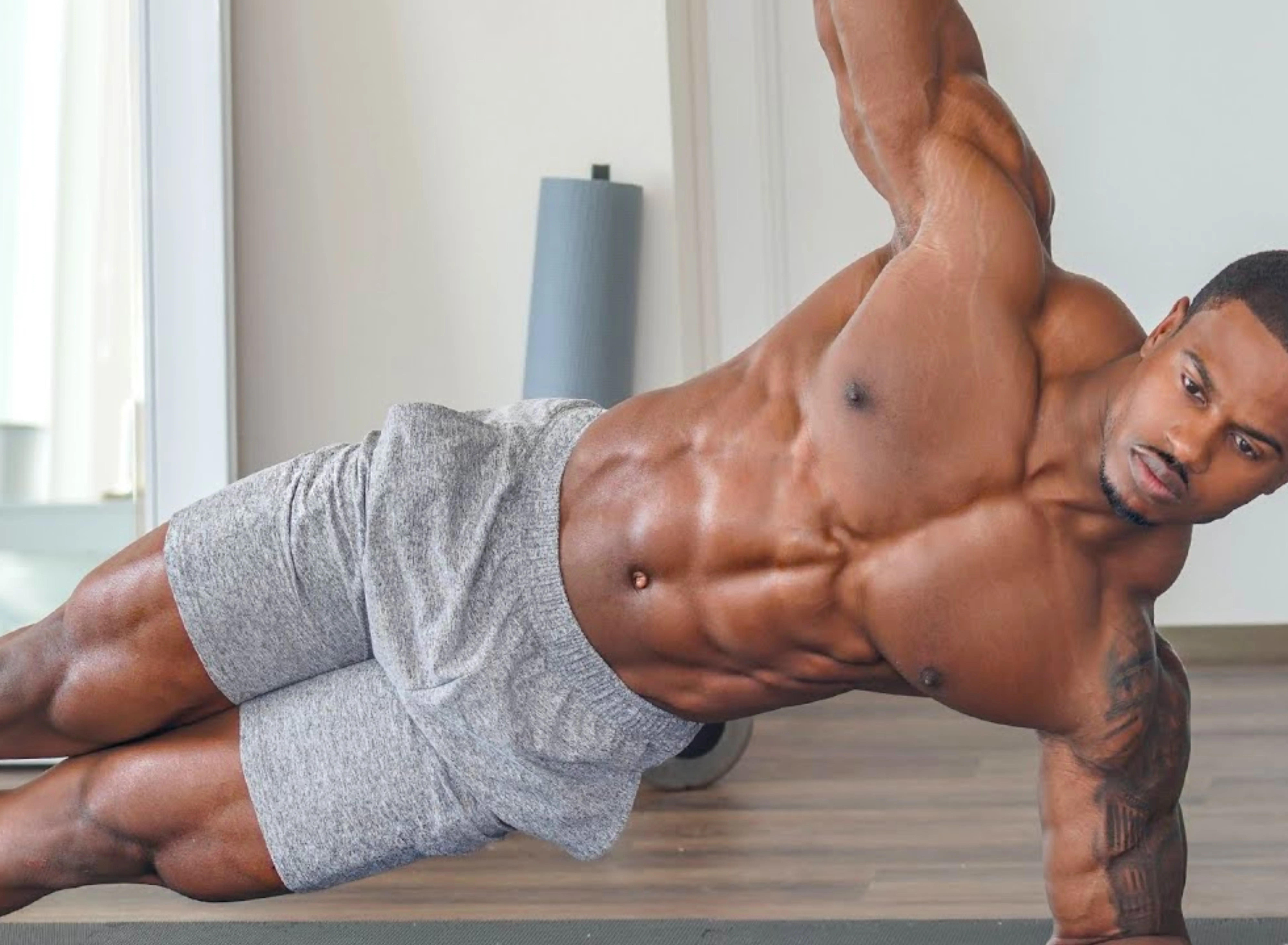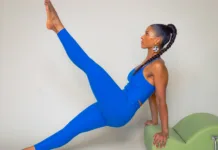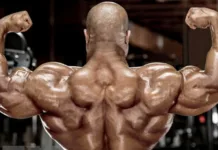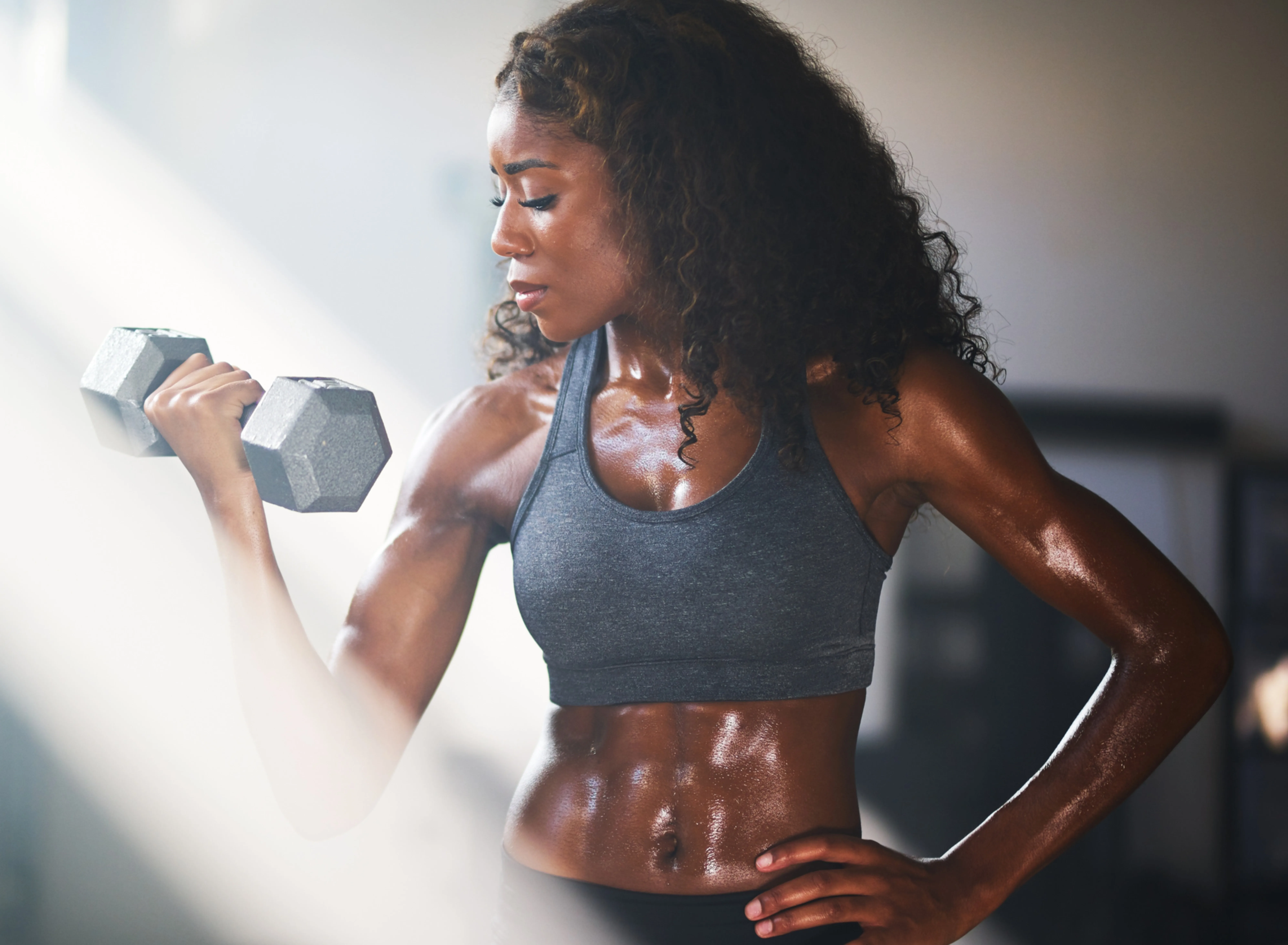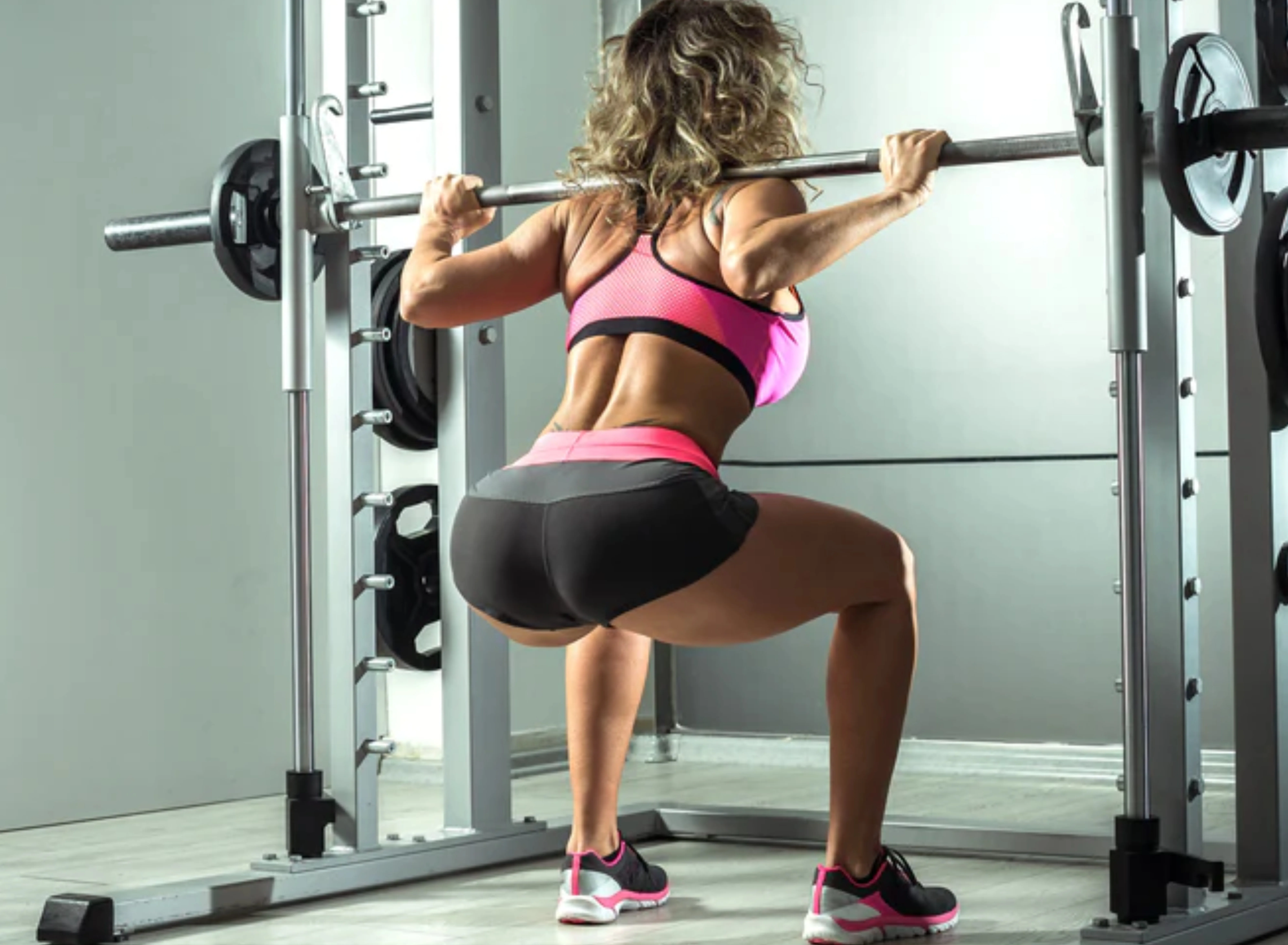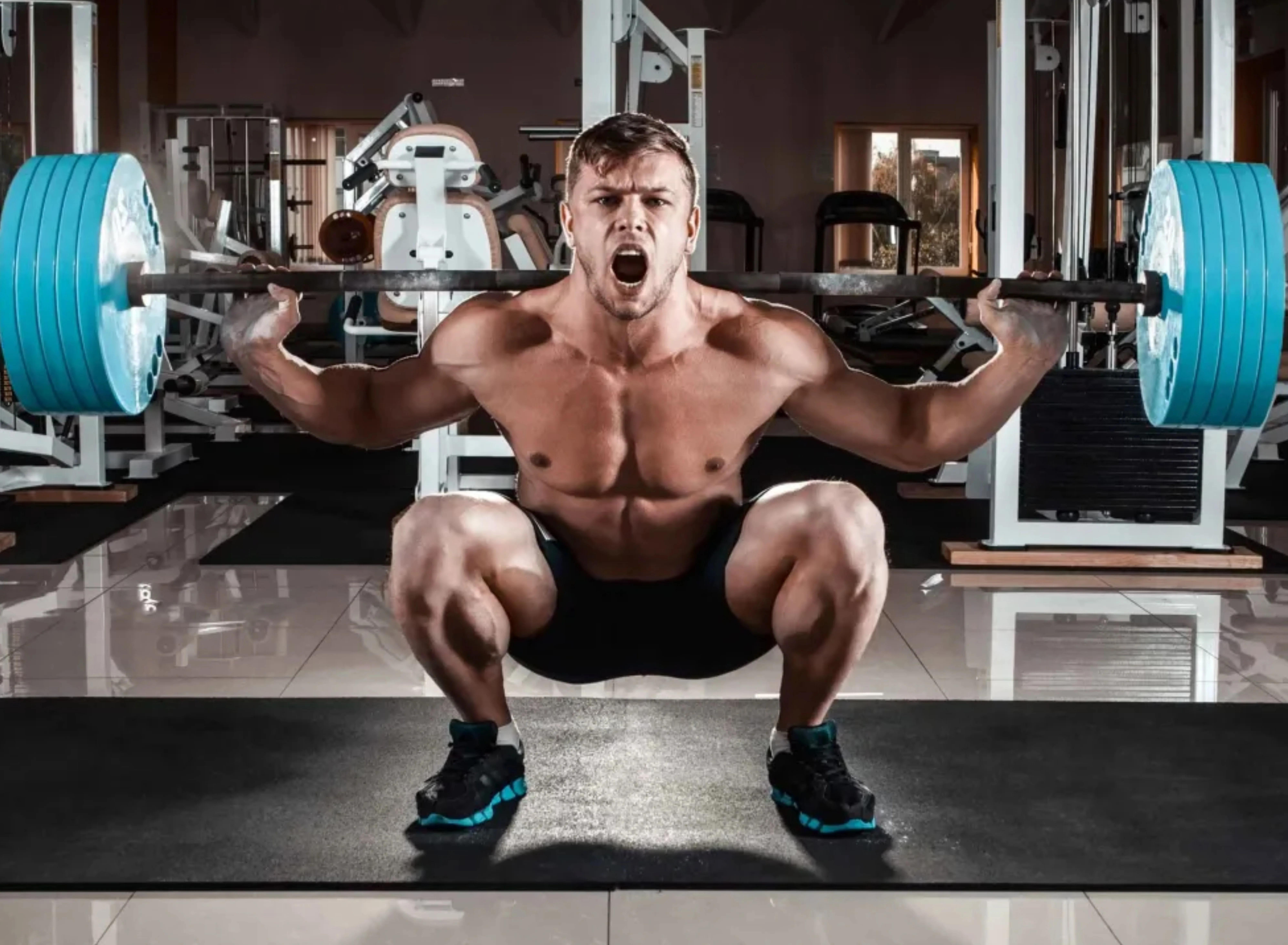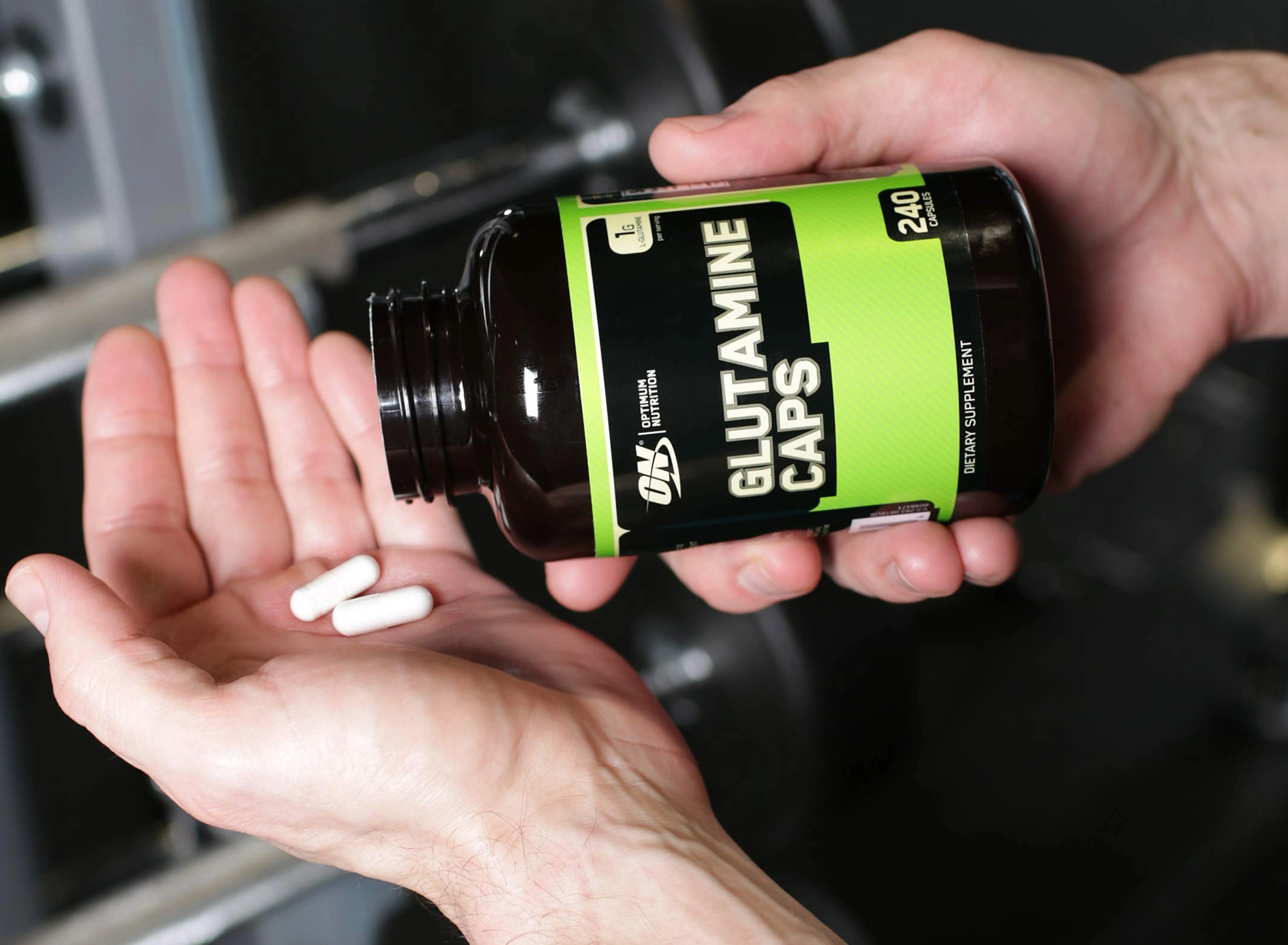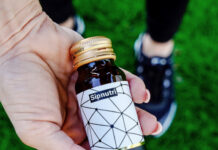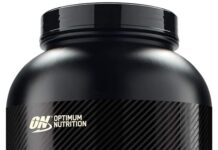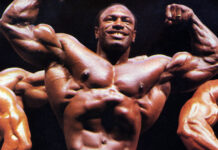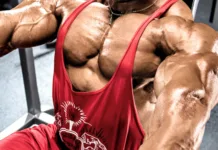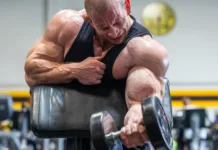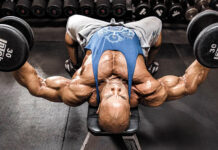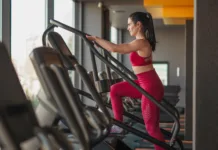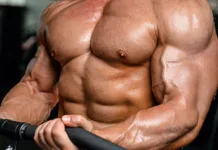Chest dips are one of the most advanced bodyweight exercises you can do to develop your pectorals, shoulders, triceps, and core. The goal of the movement is to grab a dip bar and support yourself without letting your feet touch the floor. Once in position, you have to use your upper body musculature to lower yourself (dip) and push back to the starting position.
The chest dip, a bodyweight exercise requiring no fancy equipment, is revered for its ability to sculpt a strong and defined chest. It’s a staple exercise for building upper body strength and can be easily incorporated into various workout routines. But before diving headfirst into dips, understanding the proper form, variations, and potential challenges is crucial to maximizing your gains and preventing injuries.
The chest dip is beneficial because it allows you to leverage your body for resistance instead of external weights. As such, dips are fantastic to do on the road, at the local park, or in a crowded gym.
Changing the angle of your torso allows you to place more emphasis on your chest or triceps. A more upright torso shifts the focus to the triceps, whereas leaning forward works the chest more effectively.
We recommend doing the movement early in your training, preferably as a first or second exercise. Dips are challenging, so it’s best to perform them while you’re fresh and strong.
Chest Dip Overview
The chest dip is a great exercise to use to target the muscles of the chest. It will also indirectly work the muscles of the triceps and shoulders as well.
“Chest dips effectively hit the lower region of the pec, similarly to the decline bench press. However, it follows a vertical pressing movement pattern, which provides a unique stimulus for the muscles of the chest”.
It is best to master the bodyweight variation of this exercise prior to adding weight via weighted vests, belts, or chains.
The dip can be performed as part of your chest workouts, push workouts, upper body workouts, or full-body workouts.
Muscles Targeted:
The primary muscle targeted in chest dips is the pectoralis major, commonly known as the chest muscle. Dips also engage the triceps brachii (triceps) on the back of your upper arms, and to a lesser extent, the anterior deltoids (shoulders) and core muscles for stability.
Benefits of Chest Dips:
- Increased Upper Body Strength: Dips effectively target multiple muscle groups, leading to significant gains in upper body strength and size, especially in the chest and triceps.
- Improved Functional Fitness: Dips mimic pushing movements encountered in daily activities like pushing open doors or lifting heavy objects, enhancing functional strength.
- Bodyweight Exercise: Dips require no equipment, making them accessible and convenient for anyone to perform at home, the gym, or even a park.
- Scalability: Dips can be adjusted to suit different fitness levels by modifying variations, adding weight, or using assisted dip machines.
Mastering the Form:
- Grip: Grasp the parallel bars with a neutral grip (palms facing inward) or a shoulder-width pronated grip (palms facing forward). Choose the grip that feels most comfortable and allows for proper form.
- Starting Position: Hop or step up onto the bars so your arms are fully extended, with your shoulders directly above your hands and your body in a straight line from head to heels. Engage your core by pulling your belly button towards your spine.
- Lowering: Slowly lower yourself down by bending your elbows, keeping them close to your body. Aim for a controlled descent, focusing on feeling a stretch in your chest. Lower yourself until your elbows reach a 90-degree angle or slightly below, depending on your flexibility and comfort level.
- Push Up: Once you reach the bottom position, exhale and press back up to the starting position by pushing through your palms and engaging your chest and triceps. Maintain a controlled movement throughout the entire rep.
- Repeat: Perform the desired number of repetitions, aiming for controlled and complete reps with good form.
Variations of Chest Dips:
- Weighted Dips: For an added challenge, once you’ve mastered the bodyweight version, you can progress to weighted dips. Utilize a dip belt to add weight plates and increase the difficulty.
- Decline Dips: Performed on angled bars, decline dips shift the emphasis towards the lower chest.
- Assisted Dips: These dips are beneficial for beginners or those recovering from injuries. Utilize an assisted dip machine that provides partial weight support, allowing you to practice the movement with proper form while gradually building strength.
- Knee Raises Dips: While performing the dip, raise your knees towards your chest at the bottom of the movement, bringing your core more actively into play.
Chest Dip Instructions
- Step up on the dip station (if possible) and position your hands with a neutral grip.
- Initiate the dip by unlocking the elbows and slowly lowering the body until the forearms are almost parallel with the floor.
- Control the descent to parallel and then drive back to the starting position by pushing through the palms.
- Repeat for the desired number of repetitions.
Check Out Our List Of The Best Supplements For Building Muscle, Shredding Muscle, Recovery, And Great Health, and Wellness Products! Purchase ifbnewsfeed.org‘s apparels Here: ifbnewsfeed.org
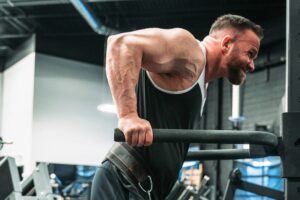
 Chest Dip Tips
Chest Dip Tips
- Technically there are two ways to perform dips – neither is wrong, just different movements with different purposes:
- Staying upright and keeping the elbows in close to increase tricep recruitment.
- Leaning forward with elbows wider to increase chest recruitment.
- If possible, keep the legs straight down while bracing the glutes and abs to limit excessive spinal movement.
- If no dip station with steps is available, position a box underneath the handles to boost yourself up to the bars.
- If no box is available, then jump into position.
- Don’t allow the head to jut forward during the descent.
- Ensure the elbows stay just short of lockout to keep tension on the triceps.
- Experiment with a false grip by wrapping the thumb over the bar as this may be more comfortable for some.
Related Articles:
- Chest/Biceps: What’s The Real Difference Between “Chest Dips Vs. Triceps Dips”?
- The 4 Best Exercises To Build “A Massive Well-Shaped, Defined, And Lower Chest”
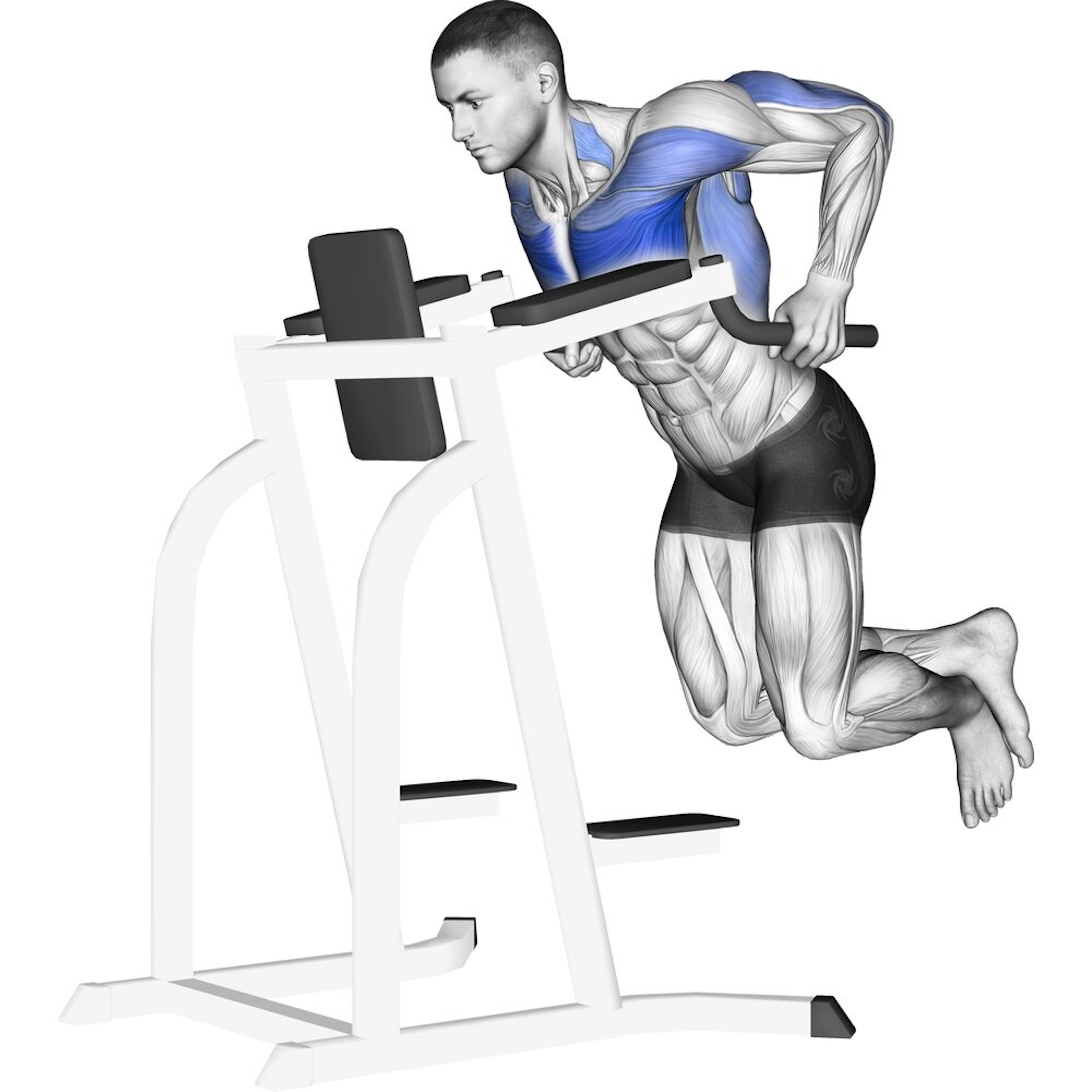
- Hormone Replacement Therapy regimen For Men and women
- Hormone Blood Testing for Men (Bodybuilder Blood Testing)
- Shop Optimum Nutrition Energy: Anytime & Pre-Workout
For More News And Daily Updates, Follow IFBNewsfeed.Org on Facebook, Twitter, and Instagram. Comment, Like, And Share With Everyone Who May Need To Be Updated With The Most Recent Fitness/Bodybuilding/Powerlifting And CrossFit News.
